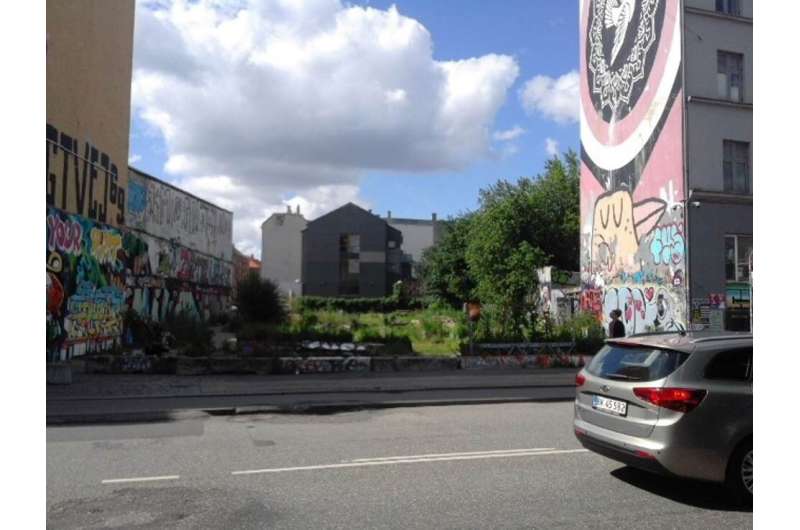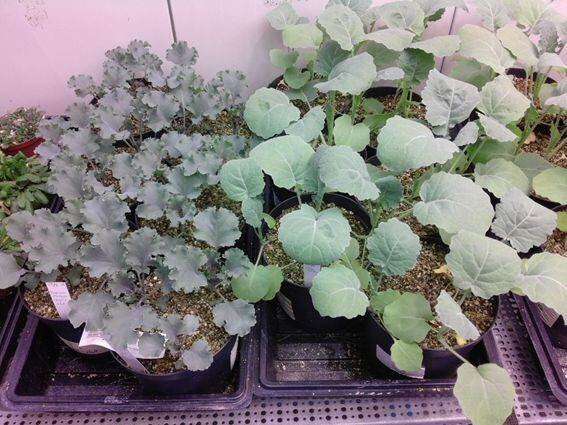Urban gardens to monitor air pollution

Researchers from Universidad Politécnica de Madrid in collaboration with the University of Copenhagen have assessed the use of edible plants for the biomonitoring of atmospheric pollution.
Equipment and physical-chemical techniques are usually used to establish the levels of air quality, but they are complex and only provide specific measures. A scientific team led by Universidad Politécnica de Madrid (UPM), in collaboration with researchers from University of Copenhagen, has developed a new method based on passive monitoring with plants in cities that has allowed researchers to obtain data in a simple and economical way. This monitoring includes environmental factors of exposure with a wide spatial and temporal resolution. Therefore, urban gardens could also be used as an indicator to control air quality.
Air pollution is a big concern due to its harmful effects on human health and the environment. Thus, it would be convenient to develop simple, economical and sufficiently accurate monitoring systems of air quality.
To this end, a team of Danish and Spanish researchers carried out a study to assess the potential of edible plant species in urban gardens as bioindicators of air pollution. Specifically, this study focused on the monitoring of air pollution associated with heavy metals and metalloids using edible plant species grown in urban gardens.
Researchers also studied if the food grown in an urban environment, using clean substrate, is suitable for human consumption since previous works carried out by the UPM research group of Prospecting and Environment (PROMEDIAM) had determined that certain urban spots could be inappropriate for urban agriculture.

This project was conducted in Copenhagen, and three exposure spots were selected according to the different levels of air pollution: The first location was located near a road with high traffic density, the second location was in a park separated by a vegetal wall in a low-density traffic road, and the third location was in air-filtered climate chamber as the control site.
Additionally, researchers used two types of substrate (peat and vermiculite) and two plant species (kale and rapeseed). After three weeks of exposure in the different locations, the samples were collected and the concentration of 27 elements was analyzed.
Results showed that the plants exposed next to the road showed higher contents of traffic-related elements, and the outdoor samples were enriched in a marine aerosol. However, the concentration of Cadmium and lead did not exceed the European legal maximum levels for vegetables, so their consumption would be safe for human health.
The selected species functioned as bioindicators by showing the air pollution levels of their environment. Miguel Izquierdo, a UPM researcher involved in this study, explains, "These findings lead to the conclusion that the analysis of atmospheric particles absorbed and deposited on edible plants could be an easy, economical, and reliable technique to biomonitor atmospheric particulate pollution in urban environments."
These results could promote urban agriculture, boost sustainable urban development, protect the environment and the fight against climate change and food insecurity.
More information: Miguel Izquierdo-Díaz et al. Urban Allotment Gardens for the Biomonitoring of Atmospheric Trace Element Pollution, Journal of Environment Quality (2019). DOI: 10.2134/jeq2018.06.0232
Provided by Universidad Politécnica de Madrid





















